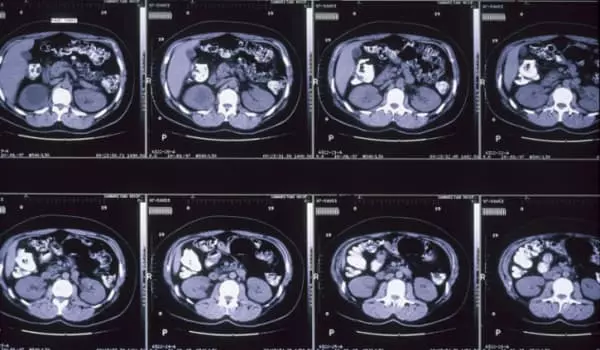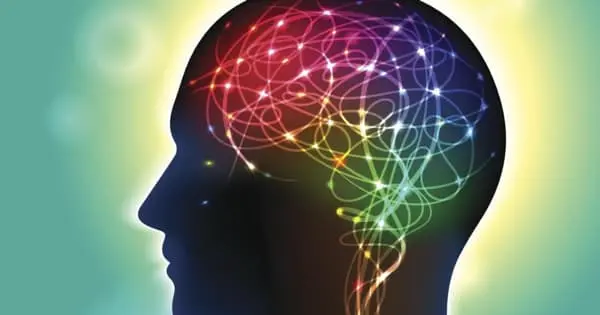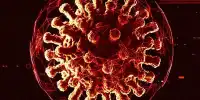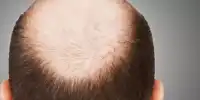Neuroscientists at Technische Universität Dresden developed a novel, non-invasive imaging-based method for studying the visual sensory thalamus, a critical structure of the human brain and the source of visual difficulties in diseases such as dyslexia and glaucoma. In the near future, the new method could provide an in-depth understanding of visual sensory processing in both health and disease.
Neuroimaging has become a common tool in basic research and clinical studies of the human brain over the last 25 years. In contrast to growth charts for traits such as height and weight, there are no reference standards against which to anchor measures of individual differences in brain morphology.
The visual sensory thalamus is an important area that connects the eyes to the cerebral cortex. It has two main compartments. Many diseases’ symptoms are linked to changes in this region. Because these two compartments are tiny and located very deep inside the brain, assessing them in living humans has been extremely difficult.
In the past, the difficulty of studying the visual sensory thalamus in depth has greatly hampered understanding of the function of visual sensory processing. By chance, Christa Müller-Axt, a Ph.D. student in the lab of neuroscientist Prof. Katharina von Kriegstein at TU Dresden, discovered structures in neuroimaging data that she thought might resemble the two visual sensory thalamus compartments.
The discovery that we can visualize visual sensory thalamus compartments in living humans is fantastic, as it will be a great tool for understanding visual sensory processing both in health and disease in the near future. Post-mortem studies in developmental dyslexia have shown that there are alterations specifically in one of the two compartments of the visual sensory thalamus.
Christa Müller-Axt
The neuroimaging data was unique because it had an unprecedented high spatial resolution, which was obtained on a specialized magnetic resonance imaging (MRI) machine at the MPI-CBS in Leipzig, where the group was studying developmental dyslexia. She followed up on this discovery with a series of novel experiments involving the analysis of high spatial resolution in-vivo and post-mortem MRI data, as well as post-mortem histology, and she was soon certain that she had discovered the two major compartments of the visual sensory thalamus.
The findings revealed that the two major compartments of the visual sensory thalamus have different amounts of brain white matter (myelin). This information is detectable in new MRI data and can thus be used to investigate the two compartments of the visual sensory thalamus in living humans.

“The discovery that we can visualize visual sensory thalamus compartments in living humans is fantastic, as it will be a great tool for understanding visual sensory processing both in health and disease in the near future,” says first author Christa Müller-Axt, adding, “Post-mortem studies in developmental dyslexia have shown that there are alterations specifically in one of the two compartments of the visual sensory thalamus.”
However, because there have been so few post-mortem studies, it is difficult to say whether all dyslexics have these visual sensory thalamus alterations. Furthermore, post-mortem data cannot reveal anything about the functional impact of these alterations and their specific contribution to symptoms of developmental dyslexia. As a result, we anticipate that our novel in-vivo approach will be extremely useful in advancing research on the role of the visual sensory thalamus in developmental dyslexia.”
The map was created using advanced scanners and computers powered by artificial intelligence that “learned” to identify the brain’s hidden regions based on data collected from hundreds of subjects. According to David Kleinfeld, a neuroscientist at the University of California, San Diego, this is a step toward understanding “why we are we.”
While this is an important discovery, the new map is not the final word on how the brain works, and it may take decades for scientists to figure out what each part of the brain does. The first hints of the brain’s hidden regions were discovered in the 1860s, when physician Pierre Broca was intrigued by two of his nonverbal patients. Broca examined their brains after they died and discovered that they had both suffered damage to the same patch of cortex tissue.
Broca’s area is the name given to this area. Scientists have discovered in recent decades that it is activated when people speak and attempt to understand the speech of others. Later that century, German scientists discovered additional regions of the cortex with distinct types of cells packed together in unusual ways. Korbinian Brodmann then published a catalog of 52 brain regions in 1907, which neuroscientists have relied on ever since.















